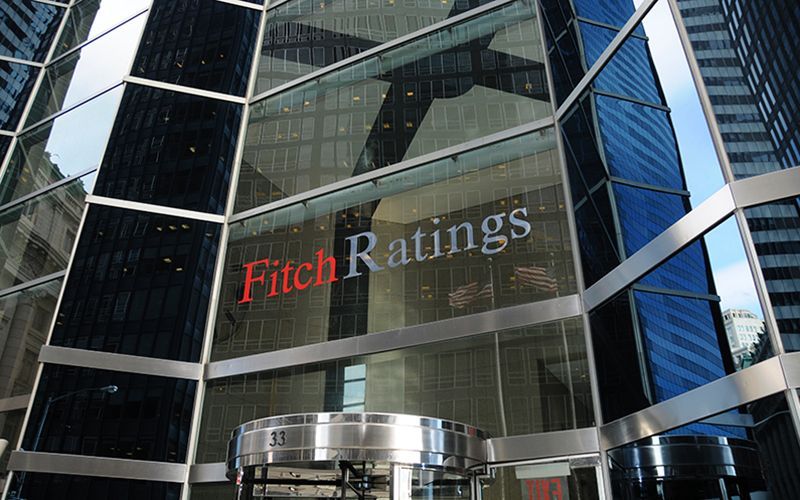Bank lending to stay robust despite slow rate easing

Loan growth in the Philippines is still expected to stay robust despite the slow decline in interest rates, Fitch Ratings said in an analysis that bared a more favorable outlook on private banks than their state-owned counterparts.
The global debt watcher said it expects bank lending to “remain brisk” at around 12 to 13 percent in 2025, adding that a shallow easing cycle would unlikely reduce loan demand significantly.
Underpinning such an outlook was Fitch’s projections that the domestic economy will grow by 5.9 percent in 2025 and 6.2 percent in 2026, as well as the “strong” credit profiles of bank borrowers in the Philippines.
“This is because demand for retail loans tends to be less sensitive to policy rate movements and corporate loan demand is often driven more by the predictability of interest rates than by absolute rate levels,” Fitch said.
“The robust economy and the government’s focus on infrastructure investments should also underpin corporate credit demand,” the group added.
The Bangko Sentral ng Pilipinas (BSP)—wary of external headwinds)—kept the key rate that banks use as a guide when pricing loans to 5.75 percent last February, still among the highest in Asia.
Instead of reducing the rate, the BSP announced this month another jumbo cut to the reserve requirement ratio of banks, which now stood at 5 percent for large lenders.
This move was expected to unleash over P300 billion in additional loanable funds into the domestic economy, which can help Philippine banks avoid a sharp decline in their margins amid the ongoing easing cycle.
“The rated banks’ net interest margins are likely to narrow more gradually than we previously anticipated because of the revised interest rate trajectory and BSP’s lower reserve requirement,” Fitch said.
“Private sector banks’ net interest margins should also be supported by sustained growth in retail lending,” it added.
Moving forward, Fitch said private banks have better standalone credit profiles than their state-owned counterparts, largely due to more established franchises and better underwriting standards.





















